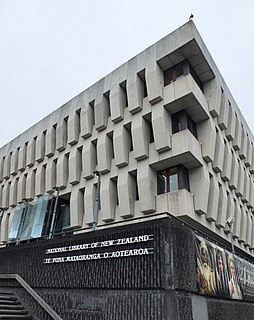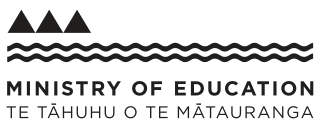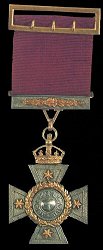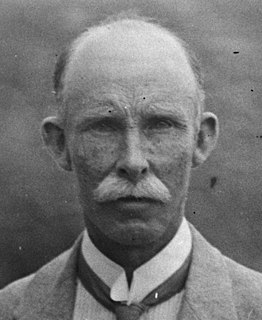 | |
Type of site | Digital library index |
|---|---|
| Available in | English |
| Website | nzetc.victoria.ac.nz |
| Alexa rank | |
| Commercial | No |
| Registration | Free |
| Launched | 2002 |
| Current status | Active |
The New Zealand Electronic Text Centre (NZETC) (Māori : Te Pūhikotuhi o Aotearoa) was renamed in 2012 the New Zealand Electronic Text Collection due to internal restructuring.

Māori, also known as te reo, is an Eastern Polynesian language spoken by the Māori people, the indigenous population of New Zealand. Closely related to Cook Islands Māori, Tuamotuan, and Tahitian, it gained recognition as one of New Zealand's official languages in 1987. The number of speakers of the language has declined sharply since 1945, but a Māori language revitalisation effort slowed the decline, and the language has experienced a revival, particularly since about 2015.
Contents
The New Zealand Electronic Text Collection is a collection of the library at the Victoria University of Wellington which provides a free online archive of New Zealand and Pacific Islands texts and heritage materials. The Library has an ongoing programme of digitisation and feature additions to the current holdings within the NZETC. In the beginning of 2012 the collection contained over 1,600 texts (around 65,000 pages) and received over 10,000 visits each day. [2]

Victoria University of Wellington is a university in Wellington, New Zealand. It was established in 1897 by Act of Parliament, and was a constituent college of the University of New Zealand.

New Zealand is a sovereign island country in the southwestern Pacific Ocean. The country geographically comprises two main landmasses—the North Island, and the South Island —and around 600 smaller islands. New Zealand is situated some 2,000 kilometres (1,200 mi) east of Australia across the Tasman Sea and roughly 1,000 kilometres (600 mi) south of the Pacific island areas of New Caledonia, Fiji, and Tonga. Because of its remoteness, it was one of the last lands to be settled by humans. During its long period of isolation, New Zealand developed a distinct biodiversity of animal, fungal, and plant life. The country's varied topography and its sharp mountain peaks, such as the Southern Alps, owe much to the tectonic uplift of land and volcanic eruptions. New Zealand's capital city is Wellington, while its most populous city is Auckland.










